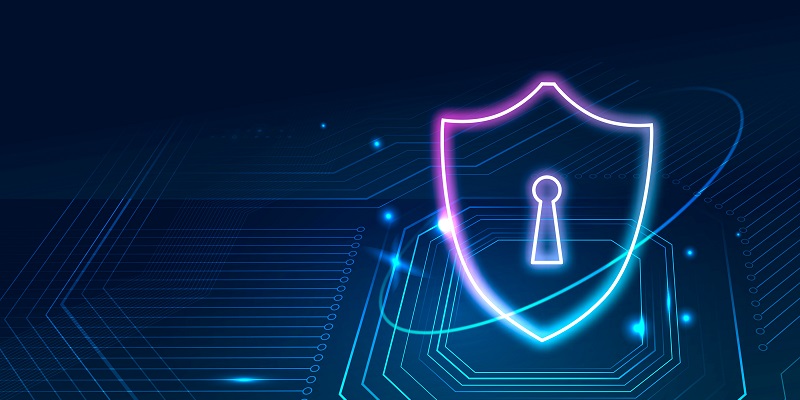In the ever-evolving digital landscape, organizations face mounting challenges in safeguarding their data and protecting their networks. One critical aspect that often flies under the radar is the security of the Domain Name System (DNS) infrastructure. Surprisingly, a mere 31% of organizations are completely confident in the security of their DNS infrastructure, leaving the majority vulnerable to potential threats. The frequency of attacks targeting DNS infrastructure, including DNS hijacking, DNS tunnelling, and DNS amplification attacks, has been on the rise. These malicious activities pose significant risks to the integrity and availability of DNS services, prompting urgent action to ensure comprehensive security.
DNS Hijacking
Among the various DNS security concerns, DNS hijacking emerges as the most prominent threat, voiced by 28% of all respondents. This attack involves malicious actors redirecting legitimate DNS traffic to illegitimate destinations. Once the DNS records are compromised, cybercriminals can redirect unsuspecting users to fake websites, leading to data breaches, phishing attacks, or other malicious activities.
DNS Tunnelling and Exfiltration
Securing data transmission is crucial for organizations, and DNS tunneling represents a significant challenge in this area. Accounting for 20% of the respondents’ concerns, DNS tunneling involves the use of DNS protocols to bypass security controls and transfer data stealthily. This method allows cybercriminals to circumvent traditional security measures and exfiltrate sensitive information undetected.
DNS Amplification Attacks
In the realm of DNS security threats, DNS amplification attacks raise alarm bells for 20% of organizations. These attacks exploit vulnerable DNS servers, bouncing unsolicited DNS responses towards the victim’s network, overwhelming their bandwidth, and causing potential service outages. This disproportionately magnifies the volume of traffic directed towards the target, creating a debilitating effect on their systems.
Installing a DNS Firewall
A DNS firewall acts as a proactive line of defense against potential threats by filtering DNS traffic and blocking access to suspicious or malicious domains. It provides granular control over DNS resolution requests, preventing unauthorized access and protecting networks from DNS-based attacks (Source 6).
Implementing DNS Security Extensions (DNSSEC)
Enhancing the authenticity and integrity of DNS data is crucial in combating various DNS security threats. DNS Security Extensions (DNSSEC) employ digital signatures, cryptographic keys, and authentication processes to verify the legitimacy of DNS data. By ensuring data integrity and preventing DNS cache poisoning attacks, DNSSEC establishes a more resilient DNS infrastructure.
Setting Automatic Security Policies
To meet the growing challenges posed by DNS security threats, organizations are increasingly adopting automatic security policies that prioritize DNS security. These policies, implemented by nearly 38% of organizations, help proactively identify, mitigate, and respond to potential DNS threats in real time, fortifying the overall security posture.
Considering the Role of Public Cloud in DNS Security Strategy
As organizations increasingly embrace cloud computing, it is imperative to incorporate DNS security measures into their cloud infrastructure. With the migration of DNS services to the public cloud, organizations must ensure that their cloud providers implement robust security protocols and adhere to best practices to protect against potential DNS vulnerabilities.
The importance of monitoring DNS infrastructure is significant
While implementing security measures is critical, it is equally important to continuously monitor the DNS infrastructure. Distributed Denial-of-Service (DDoS) attacks and DNS exploits are rapidly evolving, necessitating the need for dedicated DDI (DNS, DHCP, and IP Address Management) teams. These teams play a vital role in monitoring and tracking DNS infrastructure activities, promptly detecting any suspicious or anomalous behavior, and taking necessary actions to prevent potential breaches.
Conclusion and Outlook for DNS Security
Maintaining the security and integrity of DNS infrastructure is of utmost importance for organizations today. With the growing number of attacks targeting DNS services, organizations must acknowledge and address this critical security concern. By implementing robust measures such as DNS firewalls, DNSSEC, automatic security policies, and diligent monitoring of DNS infrastructure, organizations can significantly enhance their security posture and protect themselves against evolving DNS threats.
While the challenges in DNS security continue to evolve, organizations must stay ahead of the curve by embracing innovative solutions and best practices to effectively safeguard their DNS infrastructure. Through proactive measures and constant vigilance, organizations can mitigate the risks associated with DNS security, ensuring the continuity, reliability, and integrity of their network services in an increasingly interconnected digital landscape.

